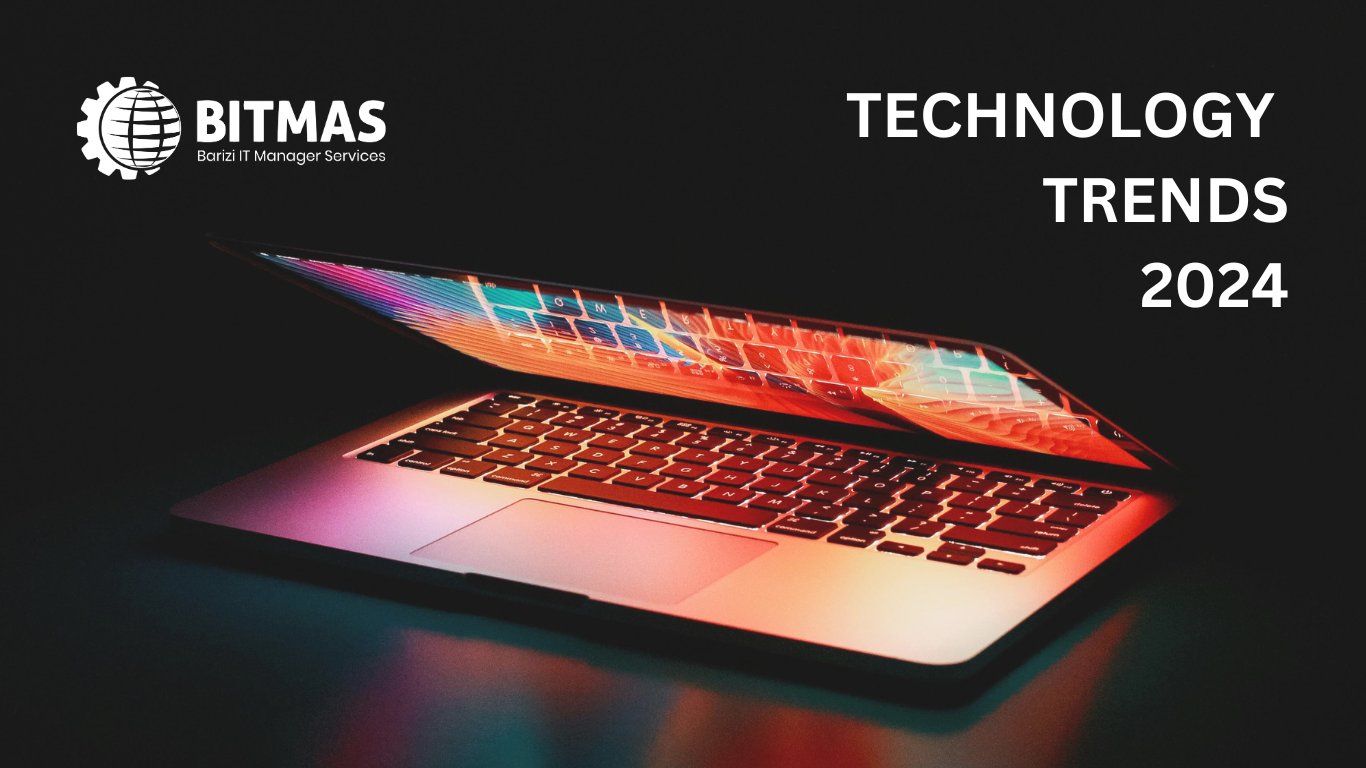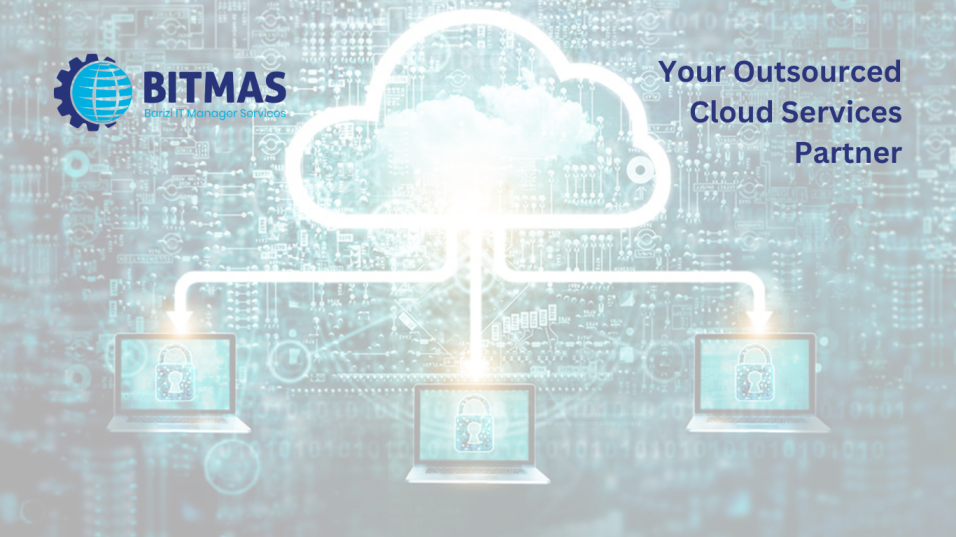Getting Started with Cybersecurity: Measures and Best Practices

Introduction
Industry 4.0 revolution has paved the way for new technologies such as Artificial Intelligence (AI), Internet of Things (IoT), Cybersecurity, Blockchain etc. These technologies have influenced human life in many ways and as much as they have helped solve some challenges perceived as generational, they have also created some.
Cybercrime is one of the problems that have come forth as a result of the Industry 4.0 revolution and to counter this we can employ cybersecurity protocols in our systems.
So, what is cybersecurity?
Cybersecurity is the practice of safeguarding systems, networks, and data against unauthorized access, use, disclosure, interruption, modification, or destruction. It is essentially the process of protecting your digital information and/or platform from danger.
There are a lot of cybersecurity threats which can be classified as common or emerging. Some common threats include; Malware, Phishing, Social Engineering, Zero-Day attacks, Man-in-the-Middle (MitM) attacks and Denial-of-Service (DoS) attacks. Emerging cybersecurity threats tied to new technologies include; Crypto jacking, Deepfakes, AI–powered attacks, IoT-powered attacks and Supply Chain attacks.
Cybersecurity risks are ever-present and continually growing, thus it is vital to keep aware and watchful.
Measures and Best Practices
Cybersecurity measures and best practices are divided into layers, each with a critical function in securing your systems, networks, and data. These layers include:
1. Preventive Measures
These are precautions taken to avoid dangers and they can be broken down as follows:
- Software updates: Update operating systems, apps, and hardware regularly to patch vulnerabilities.
- Use reliable antivirus and anti-malware software that offers real-time protection.
- Firewalls and Network Security: Use firewalls and intrusion detection systems to filter and monitor network traffic.
- Data Encryption: To prevent unwanted access, encrypt sensitive data both at rest and in transit.
- Strong Passwords and MFA: Use unique, complicated passwords and activate Multi-Factor Authentication (MFA) whenever possible.
- User Education and Training: Train users about cyber dangers and recommended practices, such as phishing awareness and secure surfing habits.
2. Data Backup and Recovery
This measure helps store and prevent data loss. This layer includes:
- Backups: Conduct regular backups of vital data to a safe offsite location
- Disaster Recovery Plan: Document an organizational plan for responding to cyberattacks and data breaches.
- Backup Testing: Test your backups regularly to ensure they are full and recoverable.
3. Access Control & Monitoring
This measure ensures that unauthorized persons are not granted permission to access systems and/or digital platforms. We can breakdown this as follows:
- Log Management: Keep thorough records of system activities and network traffic for analysis and problem response.
- Regular Activity Monitoring: Keep an eye on user activity for any unusual behavior or potential incursion.
- Least Privilege Principle: Users should only be granted the least degree of access required to complete their responsibilities.
- Identity and Access Management (IAM): Use IAM solutions to manage user access and permissions efficiently.
4. Further Additional Practices
- Beware of Phishing: Be wary of peculiar emails, messages, and phone calls, and never click on unexpected links or files.
- Physical Security: Keep physical equipment and servers safe from unwanted access.
- Stay Informed: Keep up with the newest cybersecurity risks and vulnerabilities.
- Secure Connections: Use Virtual Private Networks (VPNs) for secure connections and avoid public Wi-Fi.
- Patch Third-Party Software: Upgrade software from all manufacturers and providers, not just your primary system.
Conclusion
Cybersecurity is an emerging technology which is a continuous process, and every measure taken bolsters each digital system in question. In organizational and personal spaces, cybersecurity starts with us, and our actions affect our navigation in the digital environment therefore, we can embrace security measures based on evolving threats, promote a culture of awareness and regularly review our cybersecurity proof.
Meanwhile, feel free to contact us for one on one assistance to bolster your IT platform security - with our outsourced cybersecurity management techniques.


